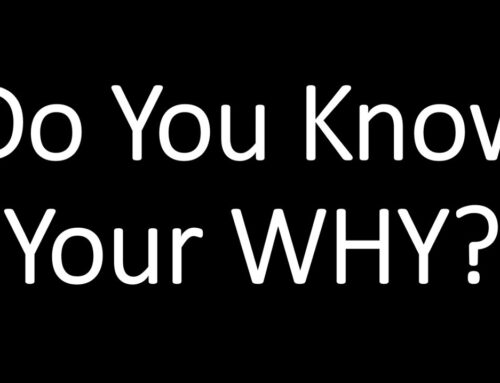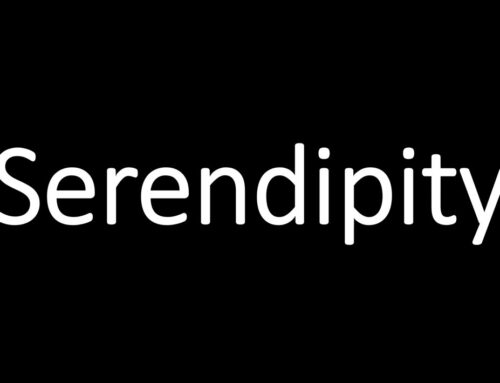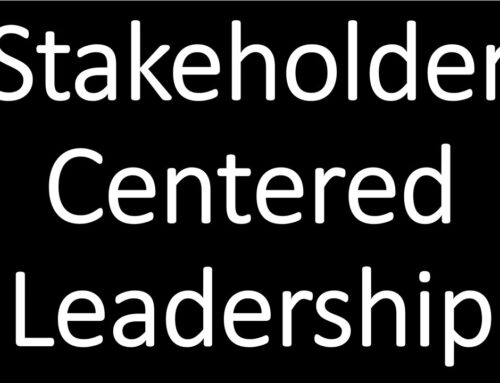Would you rather inhale or exhale? Many leadership capabilities are like breathing.
Using “either/or” thinking with Inhale::Exhale is sheer madness.
Breathing is the “both/and” version of Inhale::Exhale.*
In our increasingly complex world, “both/and” thinking has never been as essential as today. Why do many leaders, including myself stay stuck for decades in “either/or” thinking, especially when it does not serve ourselves or our organizations?
And can we change? The good news is a resounding YES!
My hypothesis is that (for a while at least) many leaders stay stuck because it works. As my Mentor Marshall Goldsmith learned from Peter Drucker and shared in his bestseller, What Got You Here, Won’t Get You There, leadership growth requires recognizing and letting go of ineffective beliefs and habits.
According to Brian Emerson and Kelly Lewis in their excellent 2019 book, Navigating Polarities, “from an evolutionary perspective, the brain is masterful at “either/or” thinking and it does not like the nebulousness of “both/and”.”
Leveraging insights from myself and coworkers obtained from a Leadership Circle assessment, over the past year I have been working to confront several of my most evil “either/or” mindsets and reprogram the neural pathways in my brain. Instead of continuing my past practice of “either/or” thinking, today I train and strengthen a newfound “both/and” mindset. No matter our age, we can always (re)train our brains! (I was born in the 1950’s.)
Examples of Real Life, Practical Change
Extreme impatience was one polarity that helped me enormously in the early decades of my career. As an American working in crusty, highly bureaucratic industrial companies in Europe, this impatience made much possible – to a certain point. Driving change called all my personal power and energy into use. All the while, I neglected to exercise my patience muscle. I was living the “either/or” life with impatience.
When insights from multiple coworkers from a Leadership Circle profile helped reveal this “either/or” mindset (in the form of a strong drive) and also showed me the statistically negative impact of this drive on my low self-awareness, I became curious. Using this curiosity to reflect and generate experiments, I began to step into my fear and leave my comfort zone by experimenting with extreme patience.
Some experiments were great successes, others less so. Each experiment is a learning. With time, I have learned today to maintain my impatience superpower, especially when it serves the collective. And to develop my patience muscle to use when appropriate. My brain has been reprogrammed to view impatience::patience as a “both/and” and not an “either/or.”
Another example where the rich feedback from coworkers helped me during the past year to transform my neural pathways from “either/or” to “both/and” thinking has been the polarity pleasing::courageous authenticity.
Discovering where these “either/or” polarities originate is fascinating. In my case, growing up with 5 younger brothers and sisters, my parents sensibly sought some peace and taught us “If you do not have anything nice to say, do not say anything.” This rule was useful for reducing friction and creating calm between unruly siblings. Yet not so useful as an executive coach holding the mirror to executives who need to hear with compassion the hard truth.
Shifting from “either/or” thinking to “both/and” thinking requires (p)reflection. (P)reflection is thinking before, during, and after you speak. Bringing new consciousness, and new awareness to the words we use. One of my 100Coaches colleagues, the radio/podcast host and guide to senior management teams, Molly Tschang specializes in helping leaders make this shift with her podcast Say It Skillfully. And her new LinkedIn learning course Thank you Molly!
Which “either/or” polarities are you noticing that hold back your organization and yourself? What tips can you share for converting “either/or” mindset to “both/and?”
Added September 6th 2023 Thanks to the amazing Gabriel Powell and Laurelin Whitfield
Understanding the difference between a problem and polarity is essential to business success. Ignore at great risk!
A problem is time-limited and in the complicated world has a solution.
A polarity is timeless and holds for eternity. There are more polarities in the world than people. Learning to navigate polarities (for example learning to master both impatience and patience) is a leadership growth step on the path to becoming an integral leader, able to hold both sides of a polarity.
Holding both sides of a polarity is very useful in business to accelerate innovation and learning.
Sadly, all too rare in many aspects of modern governments.
Please consider joining the conversation and add a comment.
Thank you for your curiosity to read this far!
* The double colon is a notation to show polarities, for example: Fast::Slow; Planned::Spontaneous; Directive::Self-Organizing
Bill Zeeb and the infinitas team help successful leaders and teams to be recognized and acknowledged by their coworkers as measurably more effective in 12 months or less. Guaranteed. Bill’s passion is to find and share a better way to leadership growth leveraging the scientific method and a highly structured and highly time efficient process proven with hundreds of CEO’s. A US citizen, who has lived and worked in Europe since 1990, Bill loves skiing 100+ days in one season, competing in extreme triathlons (first ever podium Alpes d’Huez 2019) and working with leaders who are ready to do the hard work to achieve extreme leadership and business growth, to better serve their teams and become better ancestors.





